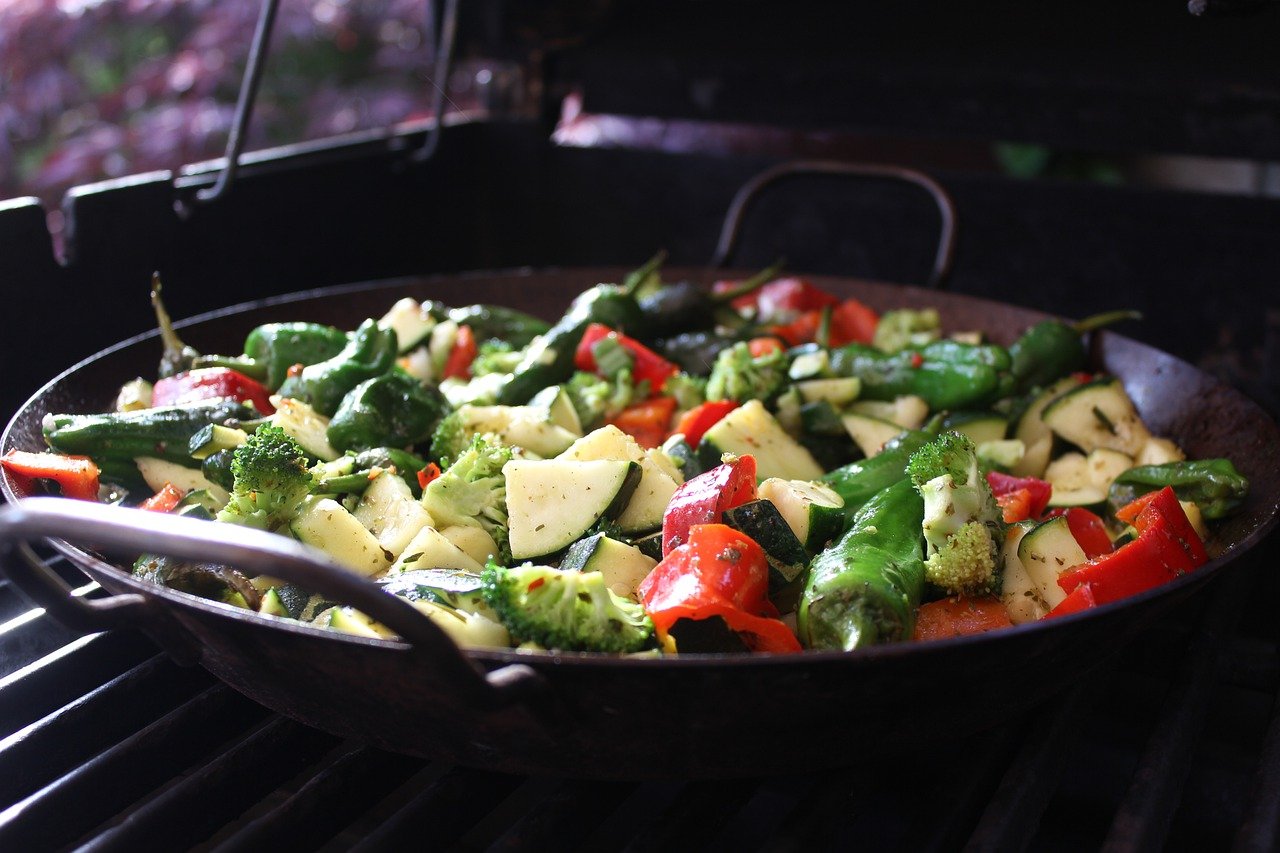“`html
Nutrient-dense foods are increasingly gaining attention in the health and wellness community, and for good reason. As more people strive for healthier lifestyles, the importance of choosing foods that provide the most nutrients per calorie cannot be overstated. These foods not only contribute to a balanced diet but also enhance overall well-being by preventing various diseases and promoting optimal health. In this blog post, we will delve into what nutrient-dense foods are, the benefits they bring, and how to incorporate them into your daily diet for sustained health.
What Are Nutrient-Dense Foods?
Nutrient-dense foods are those that are rich in vitamins, minerals, and other essential nutrients relative to their calorie content. This means you get a large amount of nutrients without a lot of empty calories typically found in processed foods.
Characteristics of Nutrient-Dense Foods
- High in vitamins and minerals: Nutrient-dense foods supply a wealth of essential nutrients.
- Low in added sugars and unhealthy fats: These foods often feature minimal processing and fewer harmful fats and sugars.
- High in fiber: Many nutrient-dense options are also rich in fiber, promoting digestion and prolonging satiety.
- Natural sources: They are typically whole foods like fruits, vegetables, lean proteins, and whole grains.
Benefits of Nutrient-Dense Foods
Incorporating nutrient-dense foods into your diet offers numerous health benefits that can positively impact both your physical and mental well-being.
Weight Management
- Lower calorie intake: You can eat larger portions while still consuming fewer calories.
- Enhanced satiety: Foods high in fiber and protein help you feel full longer, reducing cravings.
Reduced Risk of Chronic Diseases
- Cardiovascular health: Nutrient-dense foods like fruits and vegetables help lower cholesterol levels and maintain healthy blood pressure.
- Diabetes control: Whole grains and legumes can stabilize blood sugar levels.
Examples of Nutrient-Dense Foods
Understanding which foods are classified as nutrient-dense is critical for making informed dietary choices. Here are some practical examples:
Fruits and Vegetables
- Spinach: Rich in iron, calcium, and vitamins A, C, and K.
- Berries: Packed with antioxidants, vitamins, and fiber.
- Kale: A powerhouse of vitamins, minerals, and antioxidants.
Proteins
- Salmon: High in omega-3 fatty acids and protein.
- Quinoa: A complete plant protein with high fiber content.
- Beans and legumes: Rich in protein, fiber, and essential minerals.
Whole Grains
- Brown rice: More fiber and vitamins compared to white rice.
- Oats: Excellent source of soluble fiber and minerals.
How to Incorporate Nutrient-Dense Foods into Your Diet
Making the switch to a diet rich in nutrient-dense foods can be simple and enjoyable. Here are some actionable tips:
Meal Planning
- Plan your meals around whole foods: Start each meal with a base of vegetables, whole grains, and lean proteins.
- Experiment with new recipes: Discover new ways to prepare nutrient-dense foods that excite your taste buds.
- Prepare snacks: Keep nutritious snacks on hand, such as cut vegetables or nuts, to curb hunger between meals.
Smart Shopping
- Shop the perimeter of the grocery store: Fresh produce, meats, and whole grains are typically found around the edges, while processed foods are in the aisles.
- Read labels: Look for products with minimal ingredients, no added sugars, and high fiber content.
Conclusion
Nutrient-dense foods are a cornerstone of a healthy diet, contributing to weight management, reducing chronic disease risk, and fostering overall well-being. By making intentional choices to incorporate these foods into your meal planning and shopping habits, you can enhance your health and enjoy delicious, satisfying meals. Start today by exploring new nutrient-dense options and experience the positive effects they can have on your life.
“`






